The Camino to Santiago de Compostela is not only a spiritual and cultural journey — it’s also an immersion in some of the most beautiful natural landscapes in Spain. Whether you’re walking for reflection, challenge or connection, nature plays a central role in shaping the pilgrim experience. From lush forests and coastal paths to rugged mountains and quiet valleys, each route offers its own way of connecting with the environment. But which Camino offers the richest natural surroundings?
In this guide, we explore the most scenic routes on the Camino to Santiago de Compostela, so you can choose the path that speaks to your love of nature.
Why Nature Matters on the Camino to Santiago de Compostela
If you want to enjoy beautiful nature on the Camino to Santiago de Compostela, these are the routes that should not be missing from your planning.
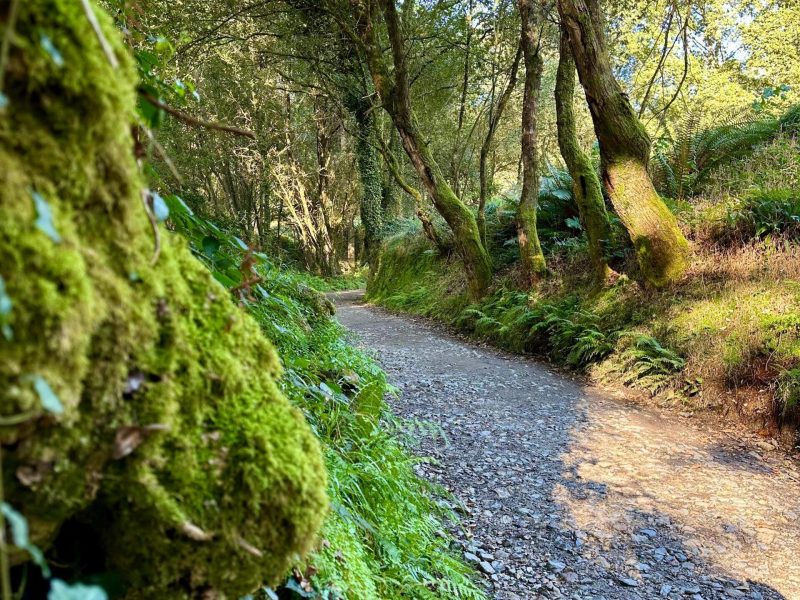
The Camino to Santiago de Compostela is a journey full of spiritual, cultural and personal significance, attracting thousands of pilgrims every year. This pilgrimage, with several routes, is also the perfect excuse to enjoy the beautiful nature in Spain.
If you are one of those who like to immerse yourself in nature and explore routes distinguished by the rich presence of natural landscapes, then we at WAW.travel have created a very special blog for you. In this blog you will discover the routes with the most beautiful nature on the Camino to Santiago de Compostela.
Coastal routes on the Camino to Santiago de Compostela
The coastal routes of the Camino to Santiago de Compostela offer a unique experience where the sea is your constant travel companion. Of these routes, the Camino del Norte and the Camino Portugues along the coast are the most notable.
Camino del Norte
It’s a less traveled route than its more famous sister, the Camino Frances, but no less impressive. It stretches along the northern coast of Spain, starting in Irun, near the French border, and winding along the Cantabrian coast. This route is a delight for the senses: the sound of the waves crashing against the cliffs, the salty smell of the sea and the panoramic view of the ocean accompany the pilgrims on their way. During the stages you will pass charming cities such as San Sebastián, Santander and Gijón, as well as small fishing villages and secluded beaches, ideal for reflection and rest.
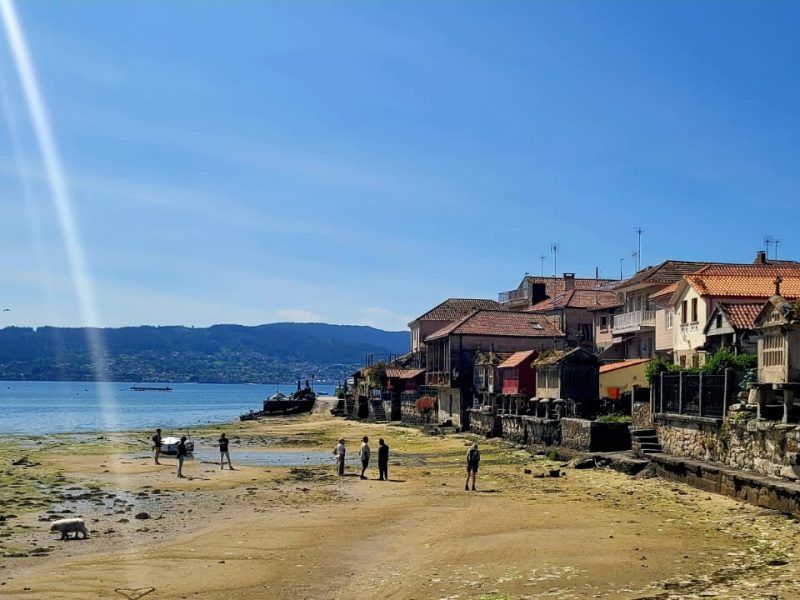
Camino Portuguese along the coast
The Portuguese Coast Road begins in the charming city of Porto and runs north along the Atlantic Ocean. This route combines the beauty of the Portuguese beaches with the green of the Galician landscape, once you cross the border with Spain. It is a Camino to Santiago de Compostela that fascinates because of its diversity: from the busy streets of Porto, through quiet coastal villages and vast dunes, to the fusion of sea and land in the coastal region of Galicia. In addition to its natural beauty, this route offers pilgrims the opportunity to immerse themselves in a rich mix of cultures and traditions, tasting the exquisite maritime cuisine of both regions.
Both coastal routes offer an unforgettable experience for those seeking the serene beauty of the coastline, combined with the spiritual and cultural depth of the Camino to Santiago de Compostela. They are pilgrimage paths that offer inviting moments of peace and connection with nature, while you follow the centuries-old pilgrimage route to Camino to Santiago de Compostela.
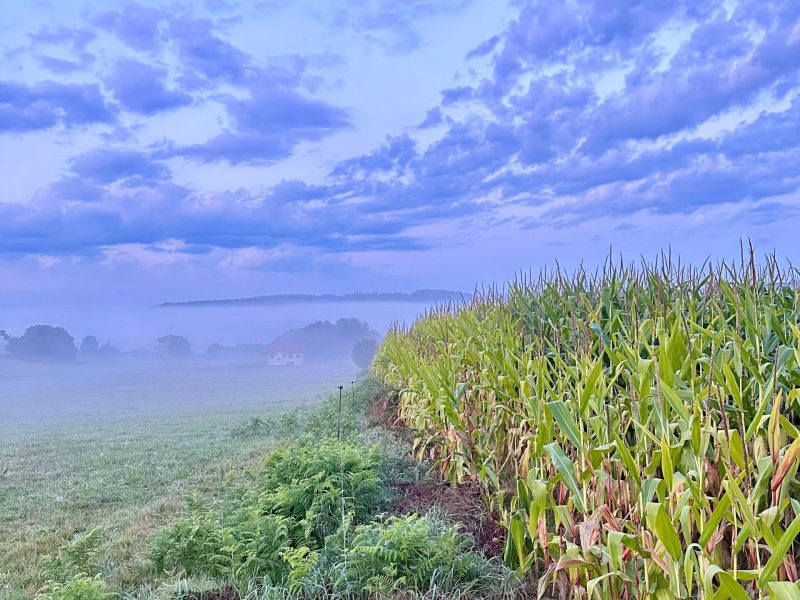
Forest and Field Routes on the Camino to Santiago de Compostela
The routes of the Camino to Santiago de Compostela that wind through forests and fields offer a unique experience, immersed in tranquility and natural beauty. Of these, certain parts of the Camino Frances and the Camino Primitivo stand out for their wealth of wooded landscapes and green fields.
Camino Frances
Perhaps the best known and most traveled Camino to Santiago de Compostela, the Camino Frances crosses a diversity of natural landscapes, but it is the stretches through lush forests and fields that often capture the hearts of pilgrims. One of the most striking examples is the passage through the Galicia region. Here the path enters magical forests, where moss covers ancient stones and trees form natural tunnels. Often shrouded in soft mist, these forests seem straight out of a fairy tale and offer a space of tranquility and contemplation. Furthermore, the green fields of Galicia, with its rolling countryside and small villages, offer a rural experience, connecting walkers with rural life and its traditions.
Camino Primitivo
The Camino Primitivo, which starts in Oviedo and is considered the oldest route, is also a gem for nature lovers. This path crosses the mountains of Asturias, offering spectacular views and intimate contact with unspoilt nature. Along this route, pilgrims pass through dense forests, cross winding rivers and walk on paths through meadows and fields. The beauty of the Camino Primitivo lies in its wild character and the feeling of being away from the hustle and bustle of the modern world. It is a pilgrimage path that challenges but at the same time rewards with its tranquility and landscapes that invite reflection.
Both these routes, rich in forests and fields, are ideal for pilgrims looking for a deep connection with nature. Walking these pilgrimage trails is a journey through time, where each step brings you closer to ourselves and the natural world around you, keeping alive the essence of the pilgrimage on the Camino to Santiago de Compostela.
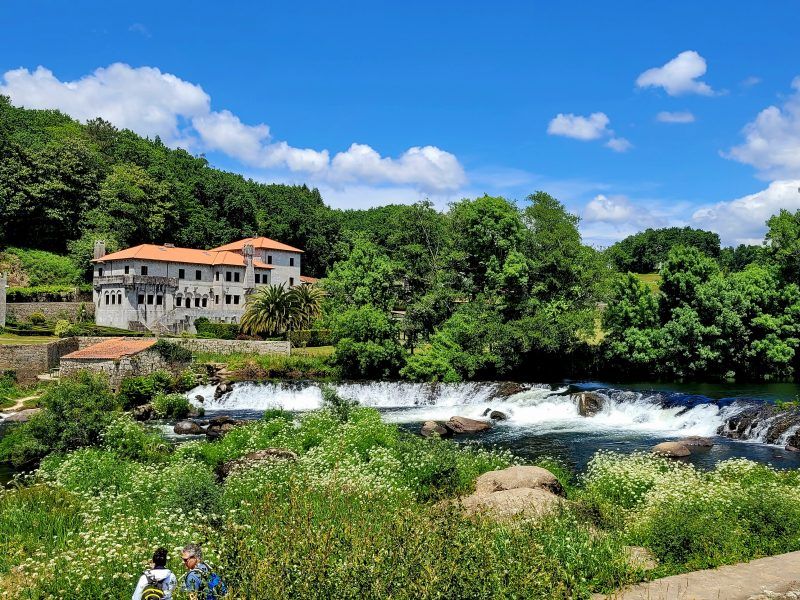
Mountainous routes on the Camino to Santiago de Compostela
If you are looking for mountainous routes, the Camino to Santiago de Compostela has a lot to offer in this area too. Of course, you should know that these are the most demanding routes, some of which are called ‘the bone-breaking routes’ by experienced pilgrims.
Camino Lebaniego
The Camino Lebaniego is not an official Camino to Santiago de Compostela. Here you follow red instead of yellow arrows, through a whole series of stages in which the mountains are without a doubt the protagonists. Of course, the effort will be worth it, as the Camino Lebaniego takes you along some of the most impressive routes in all of Northern Spain.
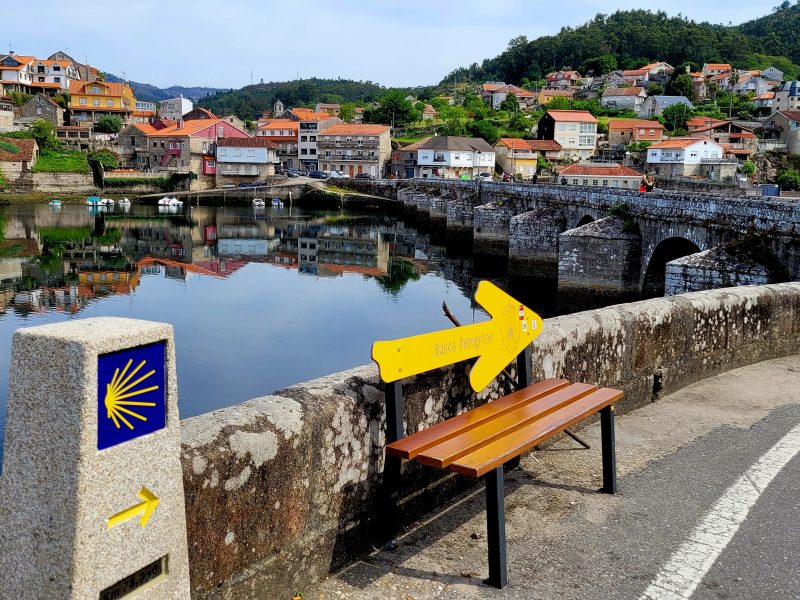
Camino Portugues Through the Interior
The inland Camino Portugues also starts in the city of Porto and heads north, crossing the border with Portugal. This route is less traveled compared to its coastal counterpart. Along the way, pilgrims encounter a surprising variety of landscapes: from the vineyards and fields of Portugal’s Douro region, through small villages and lush forests, to the hills and rivers of Galicia. This trail is a fusion of culture, nature and heritage, with each stage revealing a different facet of the Iberian landscape.
Camino Routes with Mixed Landscapes: Coast, Mountains & Forests
Offering a mix of landscapes, the Camino to Santiago de Compostela route is perfect for pilgrims looking for a varied and complete experience. Of these, the inland Camino Portugues and the Camino de Inviern0 stand out for their variety of natural environments.
Camino Portugues through the interior
The Camino Portugues through the interior is a lesser known route, but incredibly rich in varied landscapes. It starts in the lively city of Porto and crosses the border into Spain. This route takes pilgrims on a journey through diverse landscapes: from the serene rivers and vineyards of Portugal’s Douro region to the green valleys and forests of Galicia. Along this route, pilgrims can enjoy both the tranquility of the countryside and the vitality of small towns and villages, which offer a mix of cultural and natural experiences.
Camino de Invierno
The Camino de Invierno, an alternative to the Camino Francés during the winter months, on the other hand, starts in Ponferrada and winds through southern Galicia. This route avoids the snow-capped mountains of O Cebreiro and instead offers a tour through river valleys, vineyards and wooded areas. This Camino to Santiago de Compostela is best known because it passes through the Ribeira Sacra, a region known for its vineyard terraces and many monasteries. Here the landscapes change dramatically, from mountains and forests to the banks of the River Sil, providing a visually stunning and varied experience.
Let Nature Guide Your Camino to Santiago de Compostela
Each Camino to Santiago de Compostela offers its own natural beauty — from dramatic coastlines to ancient forests and peaceful valleys. Whether you seek solitude in the mountains, the calm of the ocean, or a blend of landscapes, there’s a route that fits your rhythm and intention.
At WAW.travel, we help you choose and prepare the route that best matches your preferences and walking style. Let us guide you on a journey that nourishes body, mind and soul — always surrounded by the beauty of nature.



Comment (0)